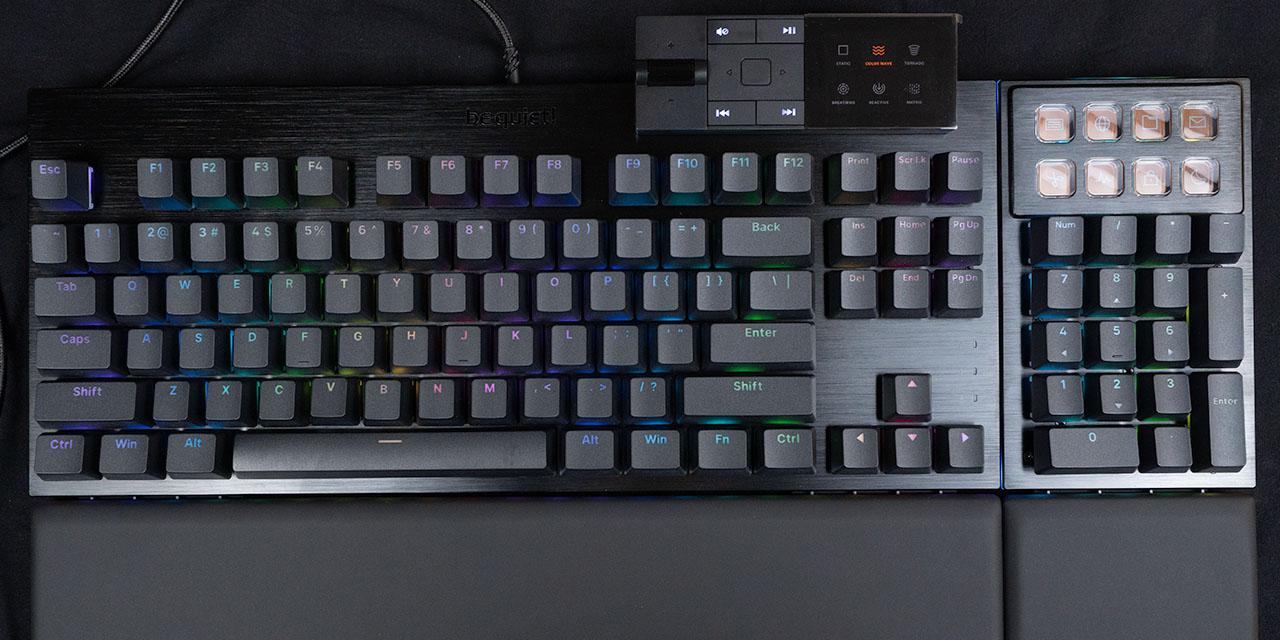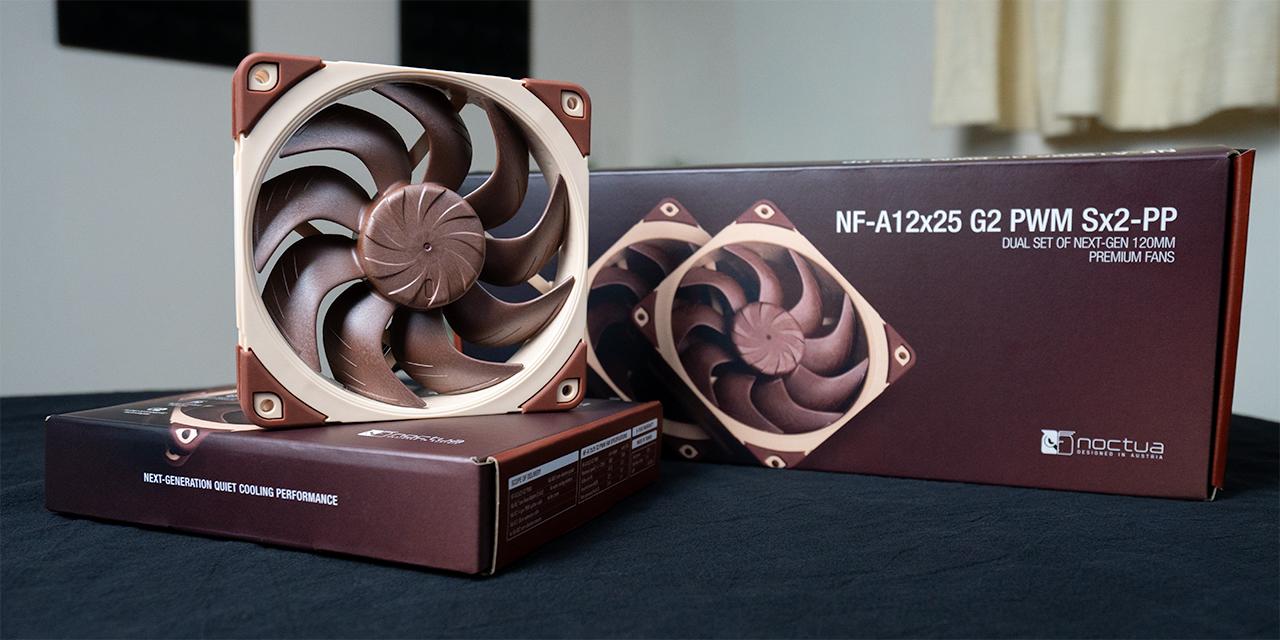Page 7 - Benchmark: PassMark PerformanceTest 10
About PassMark PerformanceTest 10
This Advanced Disk Test, which is part of PerformanceTest, measures the data transfer speed when reading or writing data to one or more disks. The speed that data can be transferred between memory and a hard disk drive is one of a system's most important performance aspects. There are quite a few factors which have a bearing on this speed and the Advanced Disk Drive Test allows the user to vary most of these factors and compare the results.
The test supports any drive that can be mounted under Windows. Including IDE drives, SCSI, RAID, USB key drives, SATA, networked shared drives and external drives.
Users have the ability to test multiple drives at the same time using multiple threads, and specify:
- The size of the test file used. Larger files mean that the system cache has less of an effect on the test types, which use caching (see below).
- The size of the data block used for each read or write request. Larger blocks mean less requests and can lead to an improvement in performance.
- The choice of four access methods - C/C++ API, Win32 API cached / uncached and raw disk access.
- Sequential or random access (seeking plus reading and writing)
- Synchronous and Asynchronous access
- The split between reading and writing
The results of all completed tests may be graphed using our custom graphing components.
From: Developer's Page
PassMark PerformanceTest 10's Advanced Disk Test, unlike HD Tune Pro 5.70, generates some awesome graphs right out of the box. It also provides valuable insight in simulating real world performance applications. To make things clear to you, the first graph simulates a database server, followed by a file server, web server, and workstation. Obviously, PassMark PerformanceTest 10 uses highly compressible data in most tests some controllers can really take advantage of. However, it also requires high IOPS capabilities for the best score.
The Kingston NV3 2TB provided us with mixed results of 241.37MB/s, 3258MB/s, 1192MB/s, and 240.45MB/s. This seemed to be all over the place, as the file server tests were generally strong, the database and workstation was below average, and the web server test was quite a bit slower. It is not clear if this result was due to thermal throttling or running out of cache. Regardless, this is something that could result in performance drops for heavy reads and writes, which is something these tests simulate.
For some perspective, the Netac NV7000-Q 1TB provided us with results of 123.05MB/s, 972.74MB/s, 3338MB/s, and 242.05MB/s, while the Crucial P3 Plus 1TB gave us numbers of 267.34MB/s, 1986MB/s, 2044MB/s, and 253.39MB/s. In both of these cases, these drives traded blows with each other, just depending on the situation or test simulation. The fastest results I have seen overall came from the Lexar Professional NM800 PRO 2TB, with speeds of 444.92MB/s, 3259MB/s, 3453MB/s, and 282.82MB/s, respectively. Other DRAM-less drives include the WD_BLACK SN770 1TB with numbers of 366.45MB/s, 2716MB/s, 2915MB/s, and 300.29MB/s and XPG Atom 50 1TB with results of 32.46MB/s, 519.21MB/s, 2095MB/s, and 210.09MB/s. Overall, the Kingston NV3 2TB was a toss-up in terms of performance.
Page Index
1. Introduction, Packaging, Specifications
2. A Closer Look, Test System
3. Benchmark: AIDA64 Disk Benchmark
4. Benchmark: ATTO Disk Benchmark
5. Benchmark: Crystal Disk Mark 8.0
6. Benchmark: HD Tune Pro 5.70
7. Benchmark: PassMark PerformanceTest 10
8. Benchmark: PCMark 10
9. Benchmark: 3DMark
10. Conclusion





